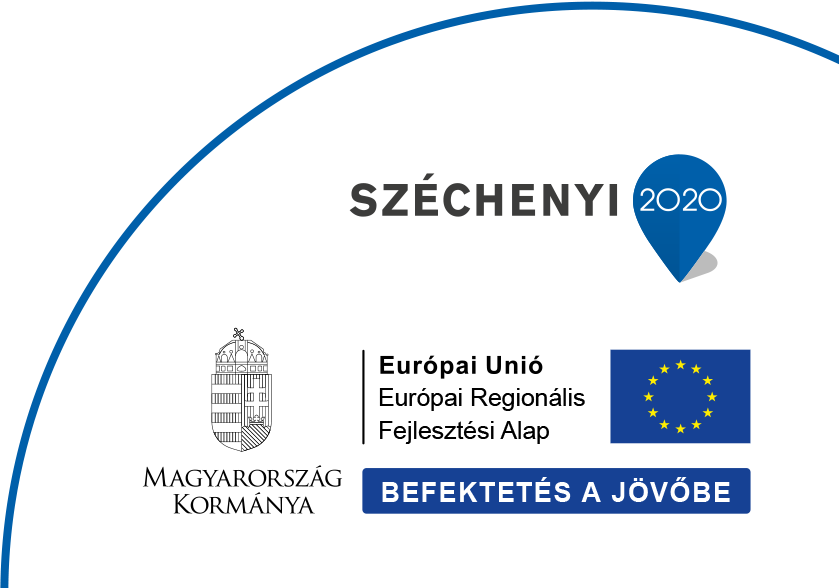Head of Department:
Tamás Ollár
Tel: +(36-1)-392-3230
Fax: +(36-1)-392-2584
E-mail: ollar.tamas@ek-cer.hu
The key research activities of the laboratory are driven by scientific questions that are closely related to energy management based on renewable energy sources, energy efficiency, creating conditions for environmental safety, and reducing environmental impact. The experimental work is being carried out using modern methods in topics such as the chemical storage of renewable energy, the catalytic implementation of selective and energy-efficient chemical transformations, or the application of solutions aiming at the reduction of fossil-based raw material usage.
The laboratory has a long history and its activities have developed from the application of radioactive isotope labeling to address catalysis-related questions. The main field of research for decades was the study of the catalytic transformation of hydrocarbons by using various catalysts, first unsupported metals, later systems involving supported mono- and bimetallic catalysts and transition metal clusters. Environmental catalysis research began in the 1990s with the study of nitric oxide conversion processes and the complete combustion of volatile organic compounds. Later, in collaboration with the Radiation Chemistry Department, they achieved success in the treatment of industrial wastewater by combining catalytic transformations and those initiated by high-energy radiation. Catalytic processes related to alternative energy production, such as CO removal from hydrogen by the PROX reaction and dry reforming of methane, emerged as a defining direction in the 2000s, and the catalytic conversion of greenhouse gasses (CO2 and CH4) is still being intensively explored. It is important to mention the experience gained with catalysts for selective oxidation transformations (glucose, alcohols), enantioselective hydrogenation, diesel desulfurization and the catalytic oxidation of carbon monoxide, moreover, the oxidation or reduction of nitrogen oxides on model catalysts and large surface area oxide supported ones, with green chemical principles in mind. Recently, the study of electrode catalysts for electrolytic water splitting has become a defining field, which is related to the chemical storage of renewable electricity.
Competences:
• heterogeneous and homogeneous catalytic transformations
• catalysis technologies, gas/vapor/solution phase reactions
• catalyst design and characterization
• spectroscopic/structural/surface analysis
• production and application of nanoparticles (mono- and bimetallic)
• electrochemistry, electrocatalysis, corrosion
• kinetic studies, exploration of mechanisms
• liquid scintillation isotope analysis
Research fields:
• preparation of nanostructured, multicomponent metal and metal oxide catalysts, investigation of their structure and catalytic properties
• activation of C1 molecules: structure-reactivity relationship on single and bimetallic catalysts
• catalytic selective and total oxidations
• research of bottom-up catalytic systems for electrocatalysis and water decomposition
• electrochemical investigation of corrosion processes
International and domestic cooperations:
- Xi’an Jiaotong University, International Research Center for Renewable Energy
- Università degli Studi di Milano, CNR-ISTM
- State Key Laboratory of Catalysis, Dalian Institute of Chemical Physics, CAS
- Institute of Nanostructured Materials, ISMN-CNR, Palermo
- LignoCOST action
- SUNERGY initiative
The laboratory joined the National Hydrogen Technology Platform in 2020, and maintains active relations with Hungarian universities (BMGE, ÓE, PE, SZTE) in vocational training and education.
Research infrastructure:
|
Kratos XSAM 800 XPS |
Instrument for surface element analysis of solid samples. An atmospheric pretreatment chamber is used to examine changes in the sample induced by certain gases (e.g., H2, CO, CO2). It is equipped with low-medium energy Ar-ion cannon for surface cleaning. |
|
Shimadzu Tracera 2100 GC |
Conventional gas chromatograph with high purity helium carrier gas. The built-in discharge ionization detector (BID) is a universal detector that allows detection by ionization provided by low-frequency dielectric discharge helium plasma. Its universal detection capability and high sensitivity allow the analysis of inert gases and light hydrocarbons at the ppm level. Equipped with gas separation column and sampling loop. |
|
Micromeritics Autochem II |
A fully automated chemisorption analyzer that can perform pulse chemisorption, temperature-programmed reduction (TPR), desorption (TPD), oxidation (TPO), and reaction analyses and does it automatically. Specially modified for SSITKA application and equipped with QMS detection |
|
Nicolet iS50 FTIR spectrometer Specac Selector with diffuse reflection attachment and special chamber |
Equipment suitable for the structural analysis of catalysts and molecules and surface formations adsorbed in various gas atmospheres, even under in situ reaction conditions, up to 500 ° C, vacuum to 35 bar pressure range. |
|
BioLogic SP-150 |
High performance, scientific potentiostat/galvanostat. Areas of application: corrosion measurements, classical electrochemical measurements, electroanalytical measurements, electrocatalysis, fuel cells, batteries and sensors. |
|
Gamry Reference 3000 |
High performance, scientific potentiostat/galvanostat. Areas of application: corrosion measurements, classical electrochemical measurements, electroanalytical measurements, electrocatalysis, study of fuel cells, battery cells and sensors, EIS. |
|
Perkin-Elmer Tri-Carb 4810 TR |
Liquid scintillation analyzer for measuring the activity of beta samples with very low activity. The multi-channel, multiparameter device performs three-dimensional analysis of prompt and dead-time signals to distinguish between real beta events and background. The instrument is excellent for measuring 3-H and 14-C concentrations. |
Our publications:
https://m2.mtmt.hu/gui2/?type=institutes&mode=browse&sel=institutes17998
Staff
Tamás Ollár – Head of department
Tímea Benkó
Krisztina Frey
Nóra Györffy-Frücht
Zsolt Gábor Kerner
Tamás Korányi
Dávid Lukács
Gergely Nagy
Horváth Anita Nagyné
Miklós László Németh
József Sándor Pap
Anna Szuja
Beck Andrea Vargáné
